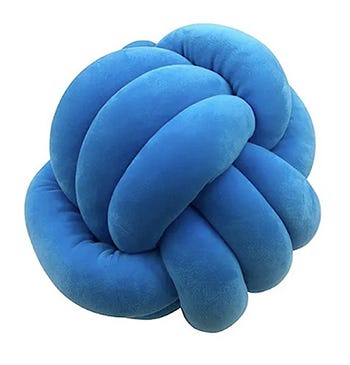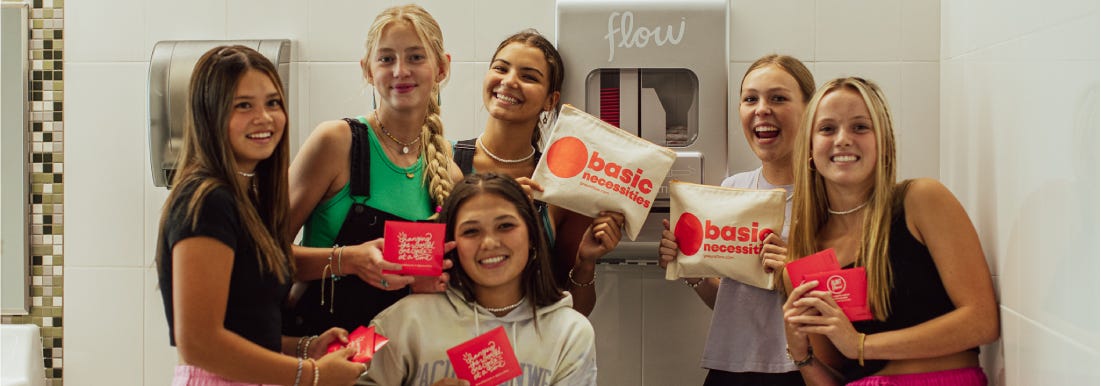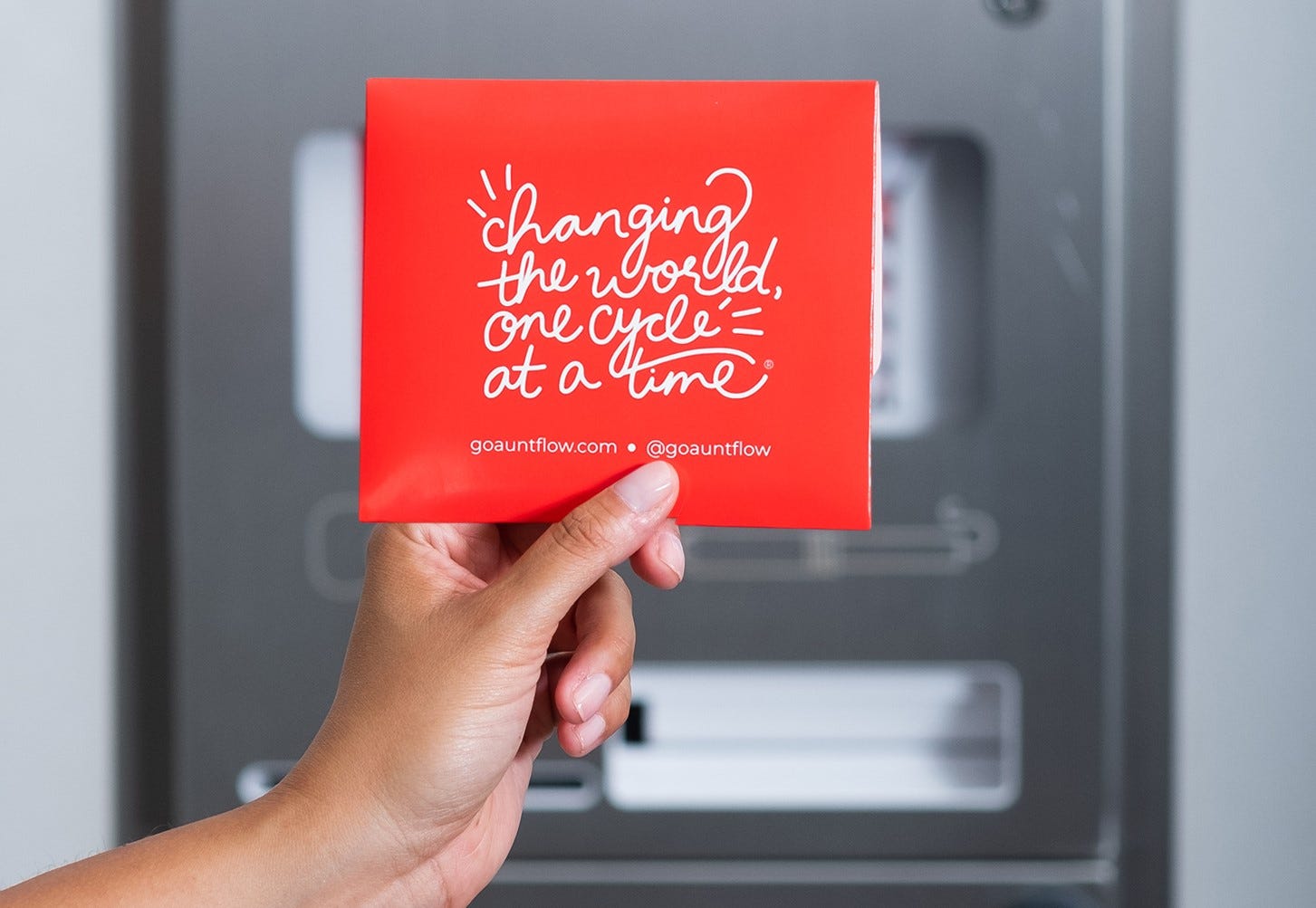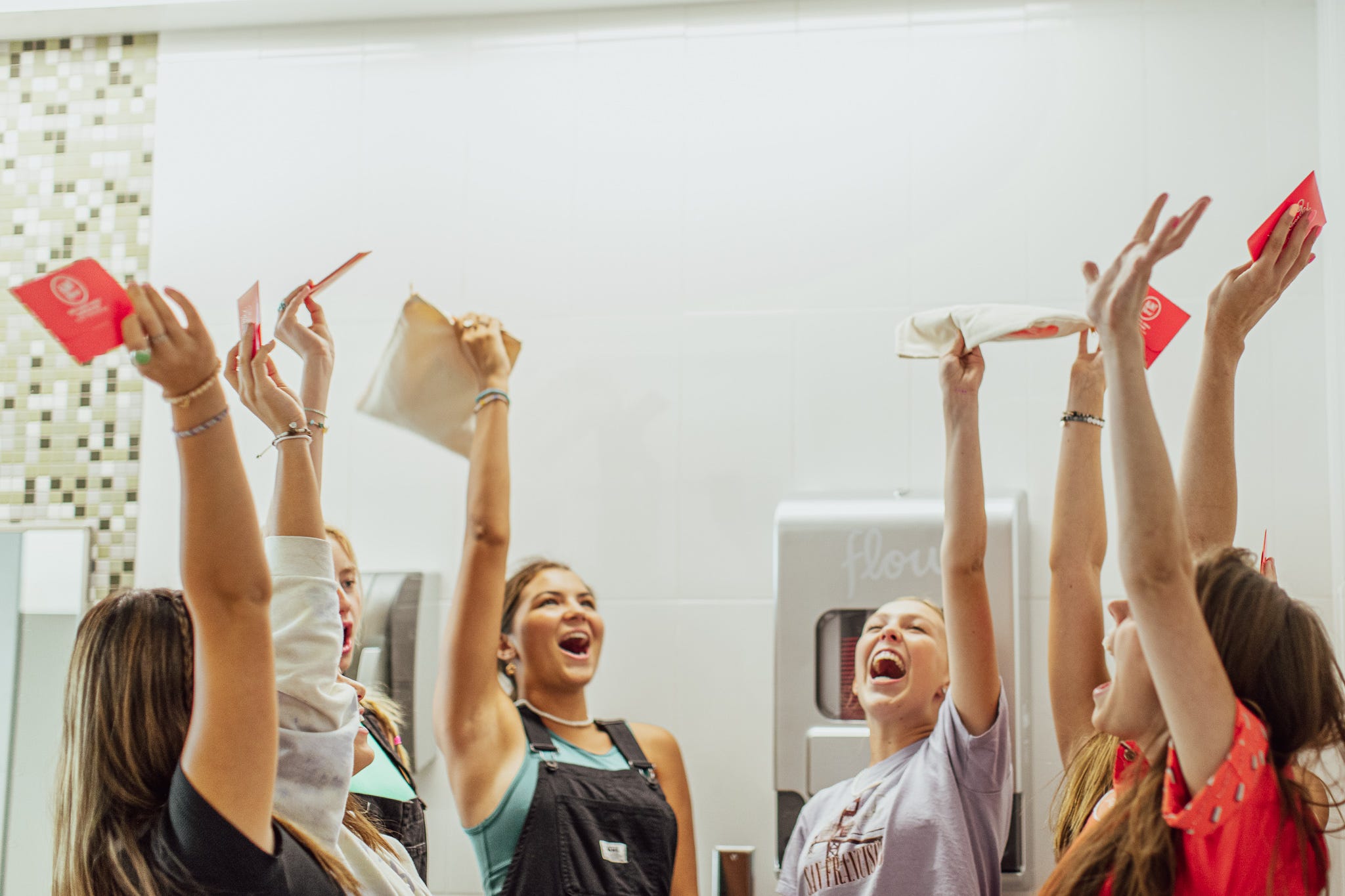Written by: Alexandrea Wiegand, MBA, MS, BCBA, IBA
I've been an athlete since I was a child, and once my collegiate years ended, fitness became my go-to for managing stress and staying healthy (as well as supporting my love for food). I've been a behavior analyst since 2010, and I’m thrilled to combine my passion for fitness with my professional practice. My Autism Exercise Specialist certification has allowed me to incorporate exercise into my clinical practice, positively impacting my clients' lives more than ever before.
It's no secret that ABA (Applied Behavior Analysis) therapy has faced criticism, especially from autistic adults who received services in the past. Critics often point out that ABA methods can be rigid, focusing on compliance and behavior change through extrinsic reinforcement, sometimes leading to individuals feeling like they are being forced to conform to neurotypical standards. Concerns about ableism, punishment, and encouraging masking behaviors (i.e., consciously or unconsciously) are valid and must be addressed. The perception of ABA creating "robots" instead of celebrating individual differences and promoting neuroaffirming practices has been a significant issue.
However, I believe society has created a difference between ABA therapy and the science of behavior analysis that isn’t really there. The principles of behavior analysis—understanding how environment, motivation, punishment, and reinforcement history shape behavior—are present in everyone's daily life. There is no denouncing the science of human behavior.
Let’s look at how behavior analysis is present in everyday life. Imagine a child finishing their homework more often because they know they can play their favorite game afterward. This would be an example of positive reinforcement. The behavior (completing homework) is reinforced by the reward (playing the game). Simple, right? Now, think about when we avoid speeding in the presence of a police car or speed cameras to avoid getting a ticket. Here, the behavior (driving the speed limit) is reinforced by avoiding the consequence (ticket). Unless, of course, you have millions of dollars, in which case, the fine might be more annoying than an actual deterrent.
In the workplace, we complete tasks on time to avoid nagging, reprimands, or poor performance evaluations from our boss. The behavior (completing assignments on time) is reinforced by avoiding negative consequences (nagging, reprimands, poor evaluation). Or some of us may complete work tasks simply because we enjoy crossing items off our to-do list. The behavior (completing tasks) is reinforced by the satisfaction of crossing off items on our list (some can equate this example of intrinsic reward as automatic reinforcement).
Ever wondered why we help each other? Well, it is likely because the behavior (kind/helpful actions) is reinforced by positive attention (compliments). And it’s not just in personal interactions; governments also use behavior analysis! For example, they use incentives to promote environmentally friendly practices. By offering reduced fares to frequent users, the government reinforces the behavior of using public transit. The reduced fare is a positive reinforcer, increasing the likelihood that individuals will choose public transportation over other modes. Similarly, providing monetary rewards for recycling increases the frequency of recycling. In both cases, the incentives reinforce and encourage behaviors that contribute to environmental sustainability.
And how many of you have kids who fake being sick? Maybe it’s because, in the past, when they complained of a stomachache, you allowed them to stay home, and they got extra time to study for an exam. The behavior (complaining) is reinforced by escaping the aversive situation (going to school) and accessing more study time. Now consider why we don’t open doors with a large "closed" sign. The "closed" sign signals that opening the door will not be allowed, discouraging the behavior. And the list goes on! These are simple examples of the science of human behavior, or ABA, in everyday life. ABA is everywhere, all the time. There is no escaping it!
ABA therapy became popular with the results it produced with the autistic population because it aims to use the principles of human behavior in a structured, individualized manner to help individuals improve their quality of life and bridge developmental gaps by increasing learning opportunities. Despite some misconceptions and criticisms, the field of ABA therapy is continuously evolving to better understand and support neurodiverse individuals. One way behavior analysts can continue strengthening the field’s reputation is to embed other evidence-based practices, such as exercise and the tools provided within Exercise Connections coursework, into their clinical practice to continue to improve outcomes.
Exercise offers numerous benefits that align perfectly with the typical goals of ABA therapy for neurodiverse individuals. It supports physical health, mental well-being, cognitive function, and development (Toscana et al., 2022). Embedding exercise supports the release of natural hormones and chemicals that can lead to the possible development of intrinsic reinforcement (i.e., automatic reinforcement), such as endorphins, dopamine, norepinephrine, cortisol, adrenaline, testosterone, and growth hormone.
Did you know that dopamine, norepinephrine, and endorphins are released during exercise? And they act as natural painkillers and mood enhancers and even boost energy levels? They’re like nature’s way of saying, 'Here, have some happy juice!' This can be especially beneficial for individuals with autism who may experience sensory sensitivities, depression, and anxiety. Regular exercise can reduce symptoms of depression and anxiety, which affect 10-54% of autistic individuals and 1-12% of the neurotypical population (Spencer, 2024 & Stewart, 2022).
Dopamine and norepinephrine also improve mental focus and concentration. This is crucial for individuals with autism and ADHD, as it can enhance their executive functioning skills (e.g., planning, organizing, time management, self-monitoring, task initiation, and problem-solving; Liang et al., 2022; Lang et al., 2022). It’s like giving a child a magical brain boost. Next time they struggle with focus, consider a quick exercise break—it’s like hitting the reset button without the screen time.
Exercise also helps regulate cortisol levels, reduces stress, and improves behavior regulation—all the same outcomes ABA therapy typically desires to achieve (Best et al., 2010; Tomporowski et al., 2008). And guess what? Structured exercise routines mirror common antecedent interventions used in ABA, such as visual or text schedules, a first-next board, task analysis (breaking down skills into smaller steps), and clear expectations, further supporting behavior regulation.
We all know that exercise has many health benefits, including cardiovascular health and muscle strength. But have you ever thought about how this can lead to greater independence and participation in other daily activities? Improved strength and coordination help with tasks like brushing teeth and dressing, while increased stamina supports participation in chores and community activities like cleaning, cooking, organizing, sports, volunteering, after-school clubs, concerts, shopping, and more. This fosters a sense of responsibility, belonging, and dignity and provides more opportunities for building meaningful relationships and targeting essential life skills. ABA therapy often targets life skills such as dressing, showering, brushing teeth, and social development. Combining the two is like giving individuals a backstage pass to the world of social skills. Through sports and group activities, they learn teamwork, communication, and how to handle winning and losing gracefully—useful life skills beyond the playground.
So, why not support strength and coordination while teaching life skills? I would also imagine if we incorporated exercise within our sessions, the rate of skill acquisition would also likely improve… What do you think? Could behavior analysts use exercise to improve outcomes and the reputation of ABA therapy?
Did you know that 50- 80% of children and adolescents with ASD suffer from sleep problems (Zavier, 2021)? And guess what? Regular exercise improves sleep quality and regulates sleep cycles (Tse, 2023), which leads to better sleep, mood, and cognitive abilities!
And then what about weight!?!?! The prevalence of obesity is on the rise in general. However, it is even higher in autistic children and presents between ages 2 to 5. Studies show that 42.4% of children with autism are overweight and 21.4% are obese, compared to 26.1% and 12.0% in typically developing children. This is caused by a multitude of factors, including selective eating habits, preferences for energy-dense foods, and side effects of medications like antipsychotics. These eating patterns and lower physical activity levels make autistic children more vulnerable to obesity (Iverson & Perry, 2015). With exercise embedded into daily lives and ABA sessions, the prevalence of obesity and other related health issues can be reduced. This could even lead to lowering the number of traumatic experiences in one’s life related to medical care!
Research indicates that regular exercise can significantly reduce rates of stereotypy—repetitive, non-functional behaviors often seen in individuals with varying abilities (Lang et al., 2010). Although I believe the community should embrace these differences, we aren't yet there as a society, especially in regions outside the Western world. Physical activity can provide a constructive outlet for energy and improve overall well-being, decreasing the frequency and intensity of stereotypic behaviors. In some cases, ABA therapy may focus on reducing stereotypic behaviors, particularly when their rate or form becomes dangerous or significantly hinders learning and the development of meaningful relationships. For example, suppose a child engages in repetitive hand-flapping to the extent that it interferes with their ability to participate in classroom activities or social interactions. Similarly, if an individual engages in head-banging that poses a risk of injury, ABA will likely target this behavior to ensure safety and well-being.
By incorporating regular exercise into ABA therapy, behavior analysts can reduce stereotypic behaviors in less intrusive and more natural ways than traditional methods. This approach not only effectively addresses the behaviors but also enhances the overall quality of life for neurodiverse individuals. As society gradually learns to accept and embrace differences, integrating exercise can help move toward a more inclusive society.
Exercise indirectly targets many of the goals of a typical ABA program for diverse individuals. Integrating exercise into ABA therapy not only improves the overall quality of life for neurodiverse individuals but also helps rebrand the field of behavior analysis. Combining the evidence-based practices of exercise and behavior analysis shows the commitment of behavior analysts to holistic, neuro-affirming practices that celebrate individual strengths and promote long-term well-being. Let's embrace this approach and work towards a future where ABA therapy is a supportive, inclusive practice that genuinely enhances lives.
References
Best, J. R., & Miller, P. H. (2010). A developmental perspective on executive function: The importance of biological and environmental influences. Child Development, 81(6), 1641-1660. https://doi.org/10.1111/j.1467-8624.2010.01499.x
Iverson, K. S., & Perry, A. (2015). Obesity and autism. Pediatrics, 136(6), 1051-1061. https://doi.org/10.1542/peds.2015-3497
Lang, R., Koegel, L. K., Ashbaugh, K., Regester, A., Ence, W., & Smith, W. (2010). Physical exercise and individuals with autism spectrum disorders: A systematic review. Research in Autism Spectrum Disorders, 4(4), 565-576. https://doi.org/10.1016/j.rasd.2010.01.006
Liang, X., Li, R., Wong, S. H. S., et al. (2022). The effects of exercise interventions on executive functions in children and adolescents with autism spectrum disorder: A systematic review and meta-analysis. Sports Med, 52, 75–88. https://doi.org/10.1007/s40279-021-01545-3
Spencer, S. D., Pinciotti, C. M., Murphy, C., et al. (2024). Concurrent validity of the anxiety disorders section of the anxiety disorder interview schedule- Autism Spectrum Addendum (ADIS-ASA) in autistic youth. J Autism Dev Disord. https://doi.org/10.1007/s10803-024-06496-y
Stewart, T. M., Martin, K., Fazi, M., Oldridge, J., Piper, A., & Rhodes, S. M. (2022). A systematic review of the rates of depression in autistic children and adolescents without intellectual disability. Psychol Psychother, 95(1), 313-344. https://doi.org/10.1111/papt.12366
Tomporowski, P. D., Lambourne, K., & Okumura, M. S. (2008). Physical activity interventions and children's mental function: An introduction and overview. Preventive Medicine, 52(Suppl), S3-S9. https://doi.org/10.1016/j.ypmed.2011.01.028
Toscano, C. V. A., Ferreira, J. P., Quinaud, R. T., Silva, K. M. N., Carvalho, H. M., & Gaspar, J. M. (2022). Exercise improves the social and behavioral skills of children and adolescent with autism spectrum disorders. Front Psychiatry, 13. https://doi.org/10.3389/fpsyt.2022.1027799
Tse, A. C., Lee, P. H., Sit, C. H., et al. (2023). Comparing the effectiveness of physical exercise intervention and melatonin supplement.
Zaivier. (2021). The relationship between autism spectrum disorder and sleep. Sleep Sci, 2021 Jul-Sep; 14(3), 193-195. https://doi.org/10.5935/1984-0063.20210050















